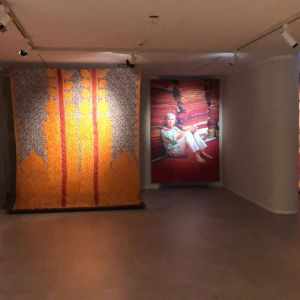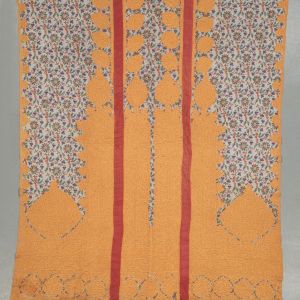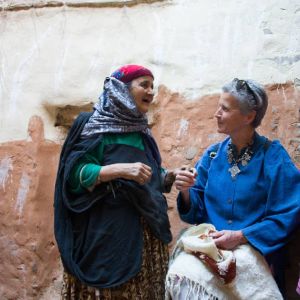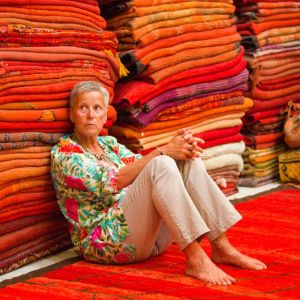MUSEC, VILLA MALPENSATA, SPAZIO CIELO
The exhibition is dedicated to Annette Korolnik’s collection of traditional Moroccan carpets and textiles. The project enriches and completes MUSEC’s itinerary on Morocco, which began with the exhibition of impressionist photographs by Roberto Polillo in the Spazio Maraini. On display in the five rooms on the top floor of Villa Malpensata are eighteen works, mostly of large dimensions: carpets, blankets, shawls and saddle cover, counterpointed by some painted terracottas also from Morocco. They are the fruit of intense and passionate field research that Annette Korolnik carried out over a period of thirty years with her husband, Marcel Korolnik, who passed away in 2008. The importance of the Korolnik Collection lies both in the quality of the works, precious testimonies of Moroccan textile production from the second half of the 19th century to the first half of the 20th century, and in the heterogeneity of the collection, composed of textiles and carpets from as many as thirty different ethnic regions of Morocco. MUSEC’s project has the merit of being the first monographic exhibition dedicated to the Korolnik Collection; some of the works from this collection have already been included in textile art exhibitions organised by prestigious international museums such as the Musée du quai Branly in Paris, the Museum National Centre of Art Reina Sofía in Madrid, the Indianapolis Museum of Art and the Museum Bellerive in Zurich.
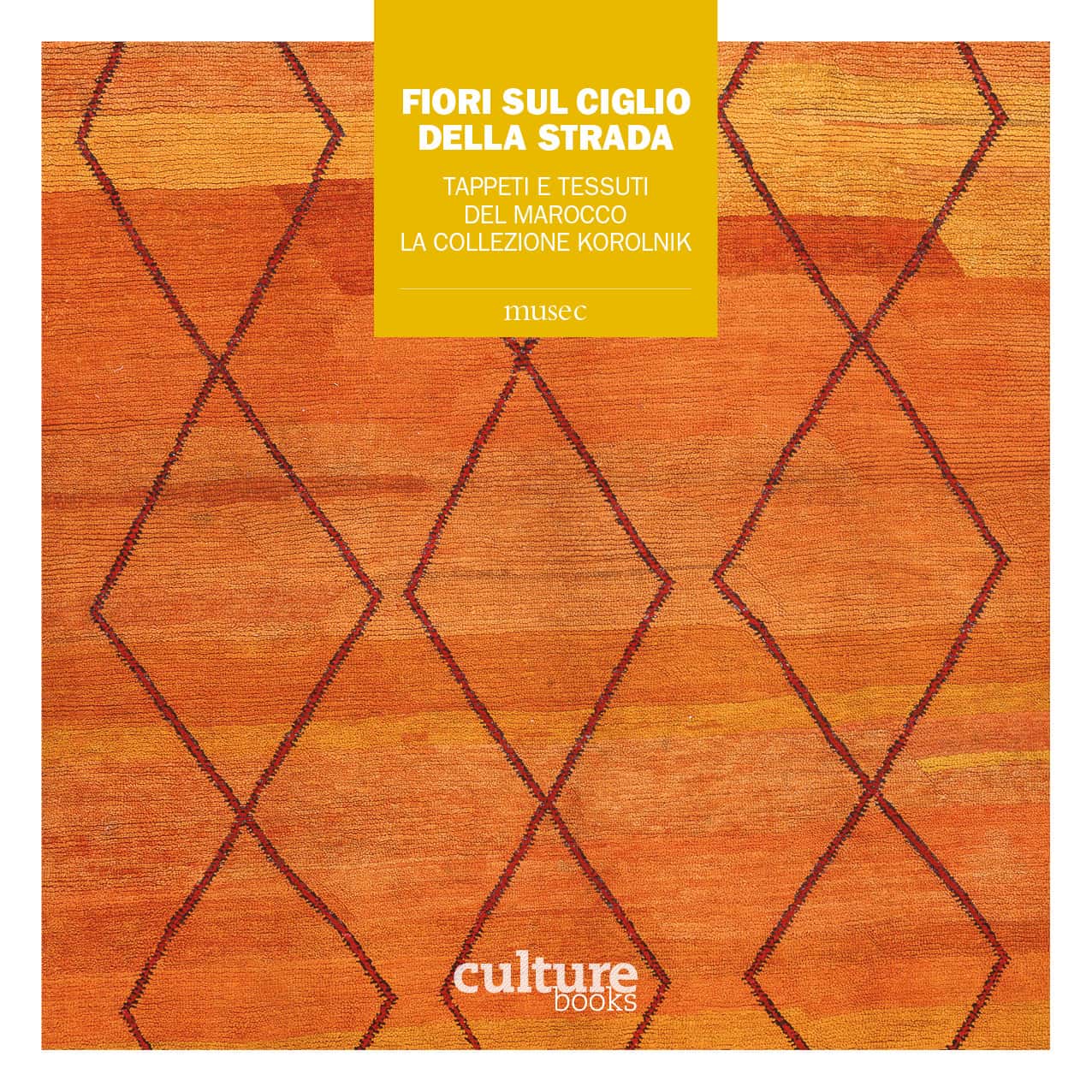
The textile art of Morocco
The art of Moroccan textiles responds to needs both of a practical nature, due to their concrete use, and of a socio-cultural nature, in connection with the relationships between people. The response to practical needs is inherent in the weaving techniques, the type of materials used and the dimensions; characteristics that, combined, allow textiles to fulfil one or more functions. The “classical” elements of the art of weaving are the use of the loom, the hand-spun wool purchased in the souks or produced at home, the long production times that could also require the presence of several people. Socio-cultural needs, on the other hand, were met by artistic languages with decorations and colours carrying expressive meanings that conveyed messages inherent to the religious, social, political and economic spheres, giving order to reality in the various spheres of human experience. The migrations of peoples and the displacements of communities that over the centuries have brought Berber-speaking natives in North West Africa into contact with Arab-Islamic populations – the latter present in North Africa since the 8th century – have often generated syncretic cultural traditions, grafted onto a common background. Such syncretism have also concerned the textile sphere, where the exchange of technical notions and decorations has created elements of contact and overlap between different ethnic styles. In terms of decoration, the characteristics of the textile art of the Moroccan peoples manifest the influence of Islamic art, adapted to local customs and traditions. These adaptations were often influenced by the material resources available in the area, especially depending on the availability of pigments and natural dyes. Instead, the dominant element of the country’s textile art is the recurrent and abundant use of symmetries, of geometric modules, of repetitions of simple shapes to construct others, of combinations of vivid colours that emphasise and enhance the geometric games created by the skilled hands of the weaver (a tribute to the meanings and values of tradition). The vivid and evocative colour choices of the fabrics, which serve as a backdrop for decorations with ‘geometric modules’, often compose a poem of shapes and colours that express the high values of life and the relationship between a people and its environment.
Biography of Annette Korolnik
Annette Korolnik-Andersch was born in Bonn on 27 September 1950 and has lived in Ticino since 1956. She studied at the School of Arts and Crafts in Zurich and Basel and at Saint Martins College of Art and Design in London, training as a scientific illustrator and textile designer. Since the 1970s she has worked as a freelance artist, organising exhibitions all over Europe. In the early 1980s, Annette and her husband Marcel Korolnik (1945-2008) travelled to Morocco for the first time and began to engage with the Berber people and culture. Her activity as a collector of carpets and textiles began at the same time. In 1992, she won an award from the Heinrich Böll Foundation for her artistic work, which gave her the opportunity to spend three months in Ireland. From 1993, field research continued in the Haouz Plain in the Marrakech area. The following year, the Moroccan branch of the Goethe Institut awarded her a scholarship for an artist residency in Rabat. In 1997, she was invited by the Ticino section of the Gesellschaft Schweizer Maler, Bildhauer und Architekten (Gsmba) to the atelier in Paris as a resident artist. From 1998 to 2000, she undertook field research stays in the Anti-Atlas, focusing on the almost unexplored textile production of the region. Since 2000, after an intense collaboration with the Parisian institution, he donates an important nucleus of his collection to the Musée du quai Branly-Jacques Chirac. Since 2008, following the death of her husband Marcel, while continuing her research in the field, she has dedicated herself particularly to the enhancement of the…


